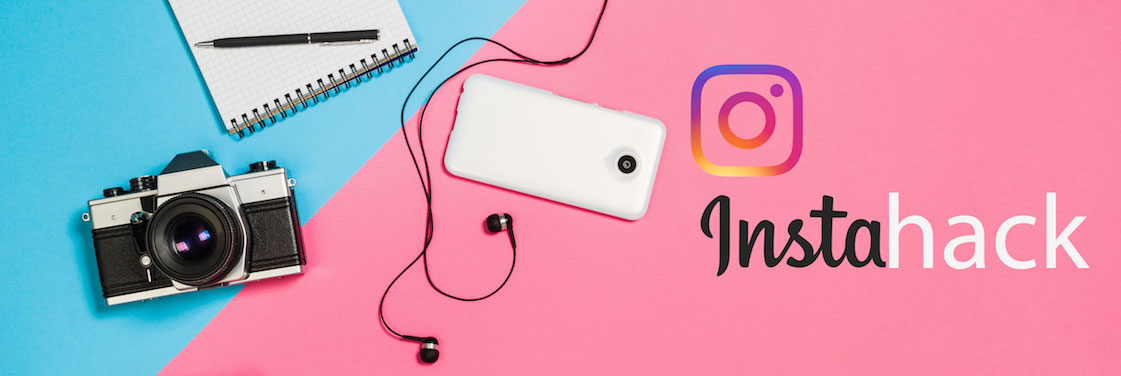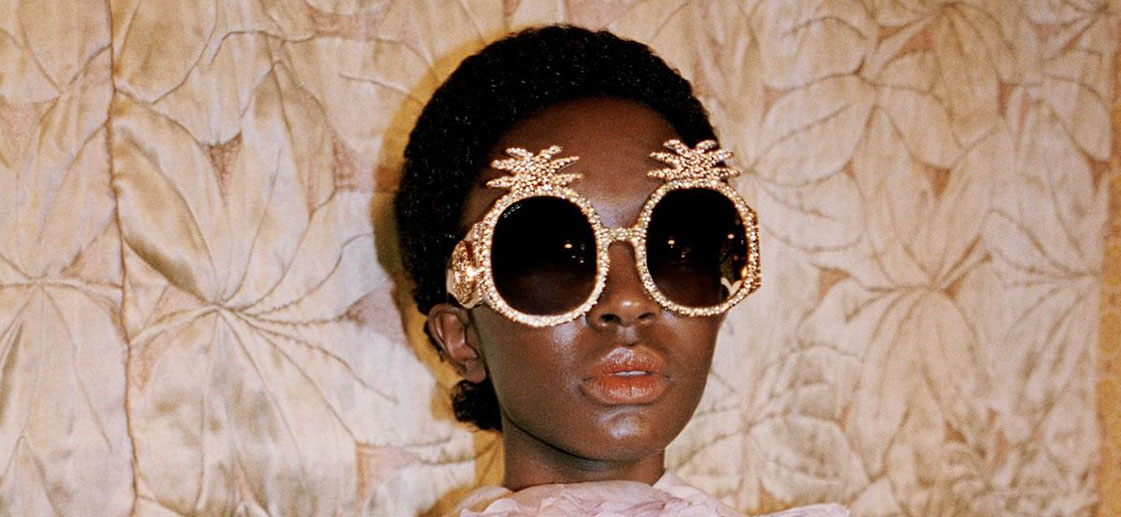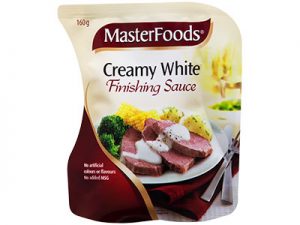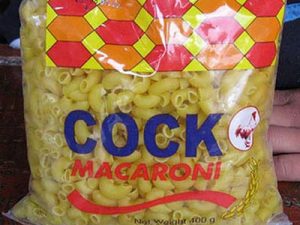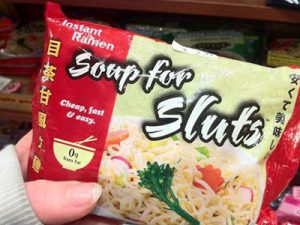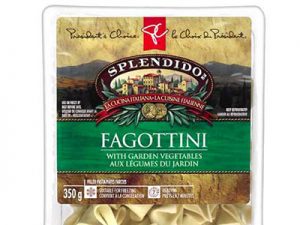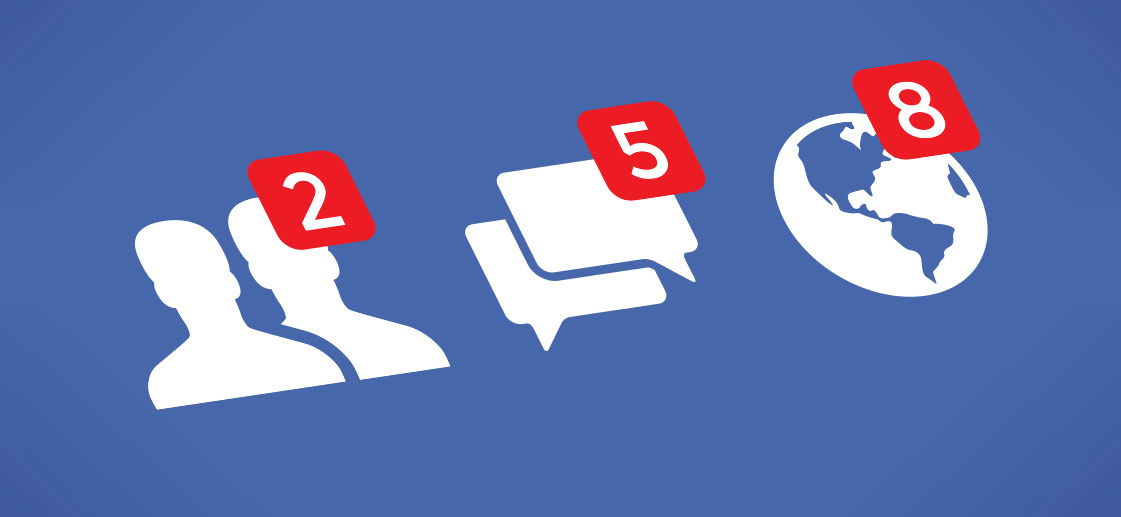Nowadays, most businesses have a team dedicated to resolving customer complaints, or at least have procedures for how to deal with negative feedback.
And so they should. Why? Because making a complaint is now easier, and more impactful, than ever! You no longer have to endure the call centre experience or fill out an online form. Any person with a Facebook page can very easily publish a negative comment to a business page for the whole world to see. And with enough negative comments on your page, it can dramatically impact revenue.
So where’s the positive in those negative comments, I hear you ask?
Well, you absolutely don’t want a huge amount of negative reviews. However, a few negative comments, if dealt with properly, isn’t so bad.
Firstly, it allows you to demonstrate in a public forum that you’re willing to listen to consumer concerns and are committed to solving their problems.
And secondly, it’s good for social media algorithms.
Facebook and Instagram’s goal is to keep you on their platform for as long as possible, so they can serve you more ads. To keep you engaged, it will rank the posts with more likes, comments and shares, higher in your newsfeed because it determines that these posts are the most popular among people like you.
So basically, the more comments (positive or negative) the more people will see it.
An example of a post we did for a client was in response to the recent Same-Sex Marriage vote in Australia.
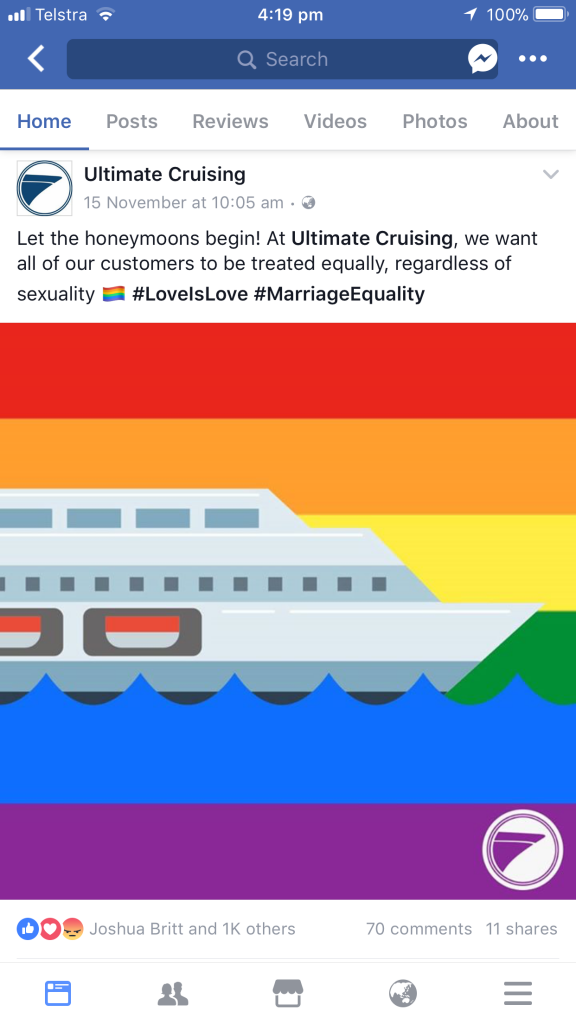
This post was published immediately after the result was announced.
As you can imagine, we had some vile comments on this post, which we hid as soon as we noticed them. We also had a total of 22 angry emojis.
But on a positive note, we got over 1,000 likes and loads of positive comments.
There were also several people respectfully debating the results on this post. The more people that commented on the post, the more people we were able to reach.
Media publishers are experts in this area. Check out Sunrise’s Facebook page, for example. They will often pick controversial topics to spark conversations. People become passionate about these issues and want to express how they feel. And what do you know, media publishers are some of the most followed pages on social media.
When playing in this territory, it can be risky. If your consumers are on the conservative side, it’s important to play it safe.
Ultimately though, every business must realise that they’ll never make everybody happy and there will always be some negative comments.
It’s about weighing up the positives and the negatives. Are YOU prepared to get a few negatives reactions in return for 1,000 positives ones?
The real challenge though is in selecting a topic that both aligns with your brand and also gets people talking.
That’s where we come in. Want to get your consumers talking about your business more and more online?
Contact us




